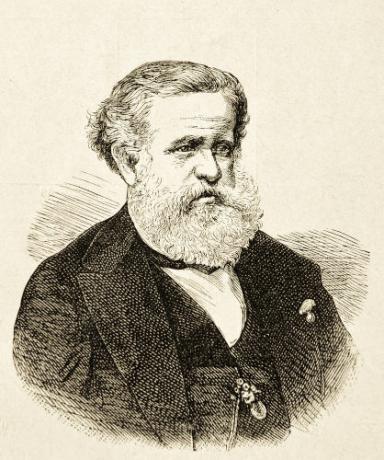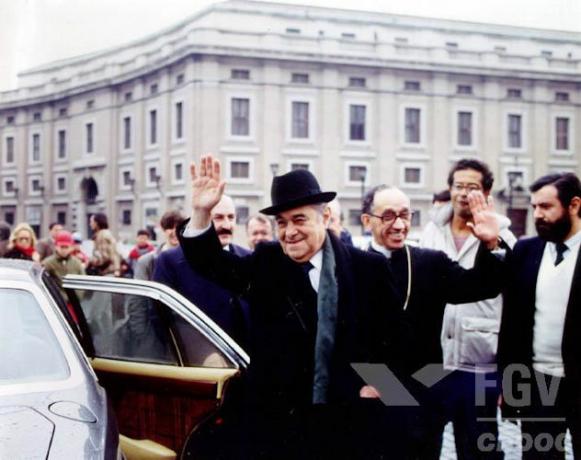THE transition from feudalism to capitalism occurred in the 15th century in Europe. This moment marked the end of the Middle Ages and the beginning of the Modern Age.
What was feudalism?
remember that the feudalism it was an economic, political, social and cultural model based on land tenure (fiefs) that prevailed in Western Europe from the fifth century. Feudal society was an estate marked by social immobility.
During this period, the Catholic Church was a very powerful institution that governed people's lives. As time went by, it lost its faithful, especially due to the new discoveries that were taking place in the field of science.
What is Capitalism?
O capitalism it is an economic system based on land and property ownership. It appears in the 15th century, with the crisis of feudalism and continues to the present day.
Of course, the capitalism that emerges at that time is very different from what we have today. To clarify, see below the three phases that capitalism went through:
- Commercial or Mercantile Capitalism (pre-capitalism) – from the 15th to the 18th century
- Industrial Capitalism or Industrialism – 18th and 19th centuries
- Financial or Monopolistic Capitalism – 20th and 21st century
Summary
Several changes in the social, cultural, economic and political fields marked a new phase in Europe. They resulted in the crisis of the feudal system that was based on an agrarian and subsistence economy, giving rise to pre-capitalism or “commercial capitalism”.
This first phase of capitalism lasted from the 15th to the 18th century and was determined by the mercantilist system, therefore, it is also called "Commercial Capitalism". It aimed at accumulating wealth and capital, and also at the commercialization of goods with a view to increasing profit.
Many factors contributed to this transition, for example, the emergence of a new social class, the bourgeoisie. The bourgeois were contributing to the increase and acceleration of the mercantile economy through the emergence of currency.
Thus, the barter that was previously practiced in the feudal system was losing its place to a new economic model based on commerce.
At this stage, the Rebirth, an artistic and cultural movement that began in Italy, introduced a new vision of man's place in the world. He was linked to the humanism, which in turn was inspired by the anthropocentrism (man at the center of the world).
In addition, scientism, based on several discoveries and inventions, was essential for the Church weaken its power, which in the feudal system was indisputable, and which gradually lost many faithful.
A significant example was the heliocentric system (Sun at the center of the universe), proposed by Copernicus, in detriment of the geocentric system (Earth at the center of the Universe), disseminated by the Church.
At this stage, the growth of cities further strengthened commerce (commercial and urban renaissance), whence the open markets became essential for the definitive end of the feudal system of the medieval.
At great navigations demonstrated this new posture of modern man, with the exploration of new lands in the American continent, resulting even more in the expansion of commerce.
To better understand the feudal system, read:
- feudal society
- Feudal Economy
- Suzerainty and Vassalage Relations in Feudalism
- absolutist state


